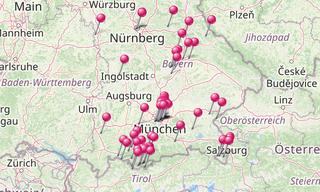Germany (Deutschland), officially the Federal Republic of Germany (Bundesrepublik Deutschland), is a federal parliamentary republic in west-central Europe. The country consists of 16 states, and its capital and largest city is Berlin. Germany covers an area of 357,021 km² and has a largely temperate seasonal climate. With 81.8 million inhabitants, it is the most populous member state in the European Union. Germany is one of the major political and economic powers of the European continent and a historic leader in many theoretical and technical fields.
A region named Germania, inhabited by several Germanic peoples, was documented before AD 100. During the Migration Period, the Germanic tribes expanded southward and established successor kingdoms throughout much of Europe. Beginning in the 10th century, German territories formed a central part of the Holy Roman Empire.
During the 16th century, northern German regions became the centre of the Protestant Reformation while southern and western parts remained dominated by Roman Catholic denominations, with the two factions clashing in the Thirty Years’ War, marking the beginning of the Catholic-Protestant divide that has characterised German society ever since.
Occupied during the Napoleonic Wars, the rise of Pan-Germanism inside the German Confederation resulted in the unification of most of the German states in 1871 into the German Empire, which was Prussian dominated.
After the German Revolution of 1918 - 1919 and the subsequent military surrender in World War I, the Empire was replaced by the parliamentary Weimar Republic in 1918, and some of its territory partitioned in the Treaty of Versailles. Despite its lead in many scientific and artistic fields at this time, amidst the Great Depression, the Third Reich was established in 1933.
The latter period was marked by fascism and World War II. After 1945, Germany was divided by allied occupation, and evolved into two states, East Germany and West Germany. In 1990, the country was reunified. Germany was a founding member of the European Community in 1957, which became the EU in 1993.
It is part of the Schengen Area, and since 1999, a member of the euro area. Germany is a great power and member of the United Nations, NATO, the G8, the G20, the OECD and the Council of Europe, and took a non-permanent seat on the UN Security Council for the 2011 - 2012 term.
Germany has the world’s fourth largest economy by nominal GDP and the fifth largest by purchasing power parity. Subsequently, it is the second largest exporter and third largest importer of goods. The country has developed a very high standard of living and features a comprehensive system of social security, which includes the world’s oldest universal health care system. Germany has been the home of many influential philosophers, music composers, scientists and inventors, and is known for its rich cultural and political history.
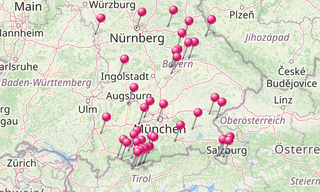
-2013.hero.landscape.jpg)
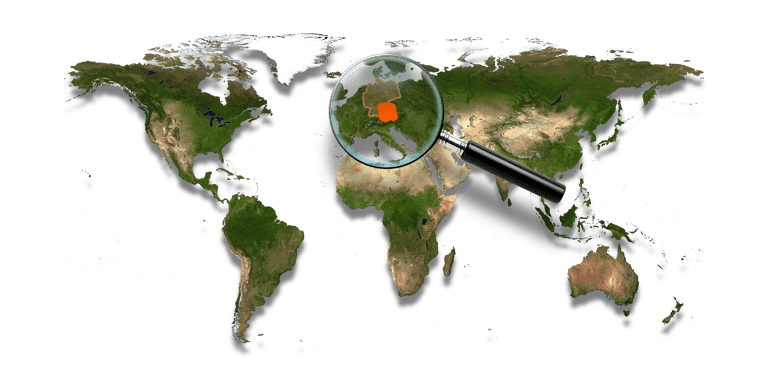
-Zugspitze.hero.jpg?w=320)
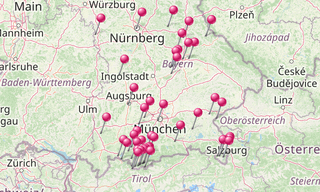
-BW.hero.jpg?w=320)
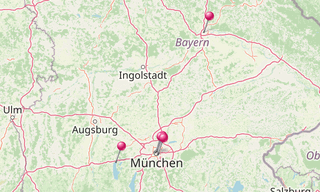
.hero.jpg?w=320)
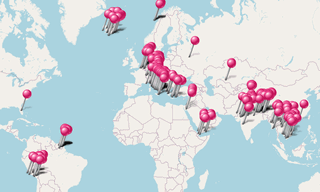
-Oia.hero.jpg?w=320)
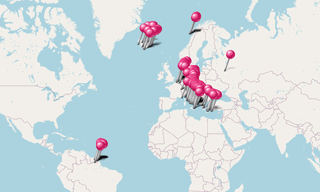
.hero.jpg?w=320)
